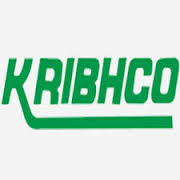Advance HR Services > Biz Process Re-management

Informative People ever intend for Improving your business processes is paramount for businesses to stay competitive in today's marketplace. Over the last 10 to 15 years companies have been forced to improve their business processes because we, as customers, are demanding better and better products and services.
Many companies began business process improvement with a continuous improvement model. This model attempts to understand and measure the current process, and make performance improvements accordingly.
Business process re-management is the way in which organizations become more efficient and modernize. Business process re-management transforms an organization in ways that directly affect performance.
Our "BPR" relies on a different school of thought than continuous process improvement. In the extreme, re-management assumes the current process is irrelevant - it doesn't work, it's broke, forget it. Start over. Such a clean slate perspective enables the designers of business processes to disassociate themselves from today's process, and focus on a new process. In a manner of speaking, it is like projecting yourself into the future and asking yourself:
What should the process look like?
What do my customers want it to look like?
What do other employees want it to look like?
What do best-in-class companies do it?
What might we be able to do with new technology?
Following tried and proven by time and again Informative People seven principles of re-management to streamline the work process and thereby achieve significant levels of improvement in quality, time management, and cost:
- Organize around outcomes, not tasks.
- Identify all the processes in an organization and prioritize them in order of redesign urgency.
- Integrate information processing work into the real work that produces the information.
- Treat geographically dispersed resources as though they were centralized.
- Link parallel activities in the workflow instead of just integrating their results.
- Put the decision point where the work is performed, and build control into the process.
- Capture information once and at the source.
- Advance HR Services
- HR in Need
- HR Audits
- Recruitment & Selection Training
- Corporate Brainstorming
- Branch Establishment
- Other Services
- Acquisition Services
- Engagement Services
- Core HR Services


















